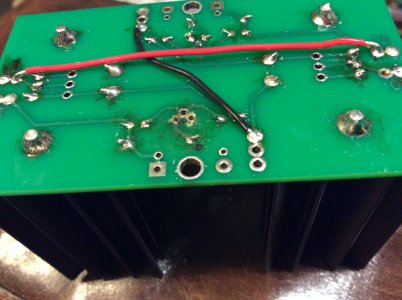Just another observation in case it helps in diagnosing this problem. The voltage at these four terminals in question spikes to 215v when the unit is powered on, then they all settle at 142v within a few seconds.
Also, the issue with the B channel LEDs dimming once the tubes heat up moved to the A channel when I switched tubes. This is still on the "B side" of the C4S board and they are still lit, just faintly.
Also, the issue with the B channel LEDs dimming once the tubes heat up moved to the A channel when I switched tubes. This is still on the "B side" of the C4S board and they are still lit, just faintly.

